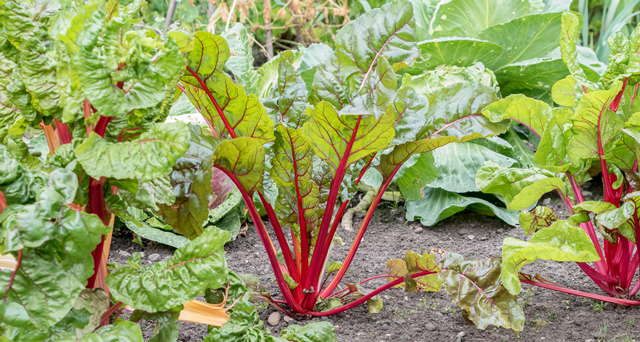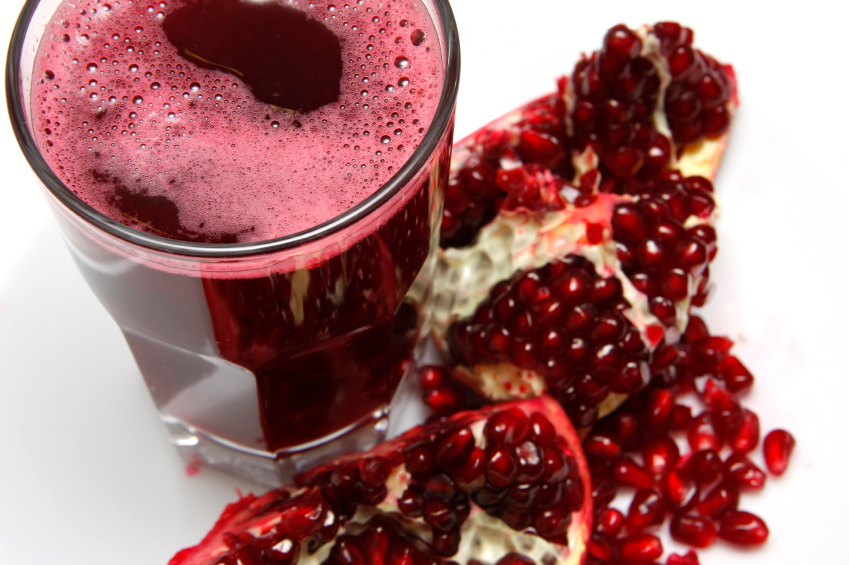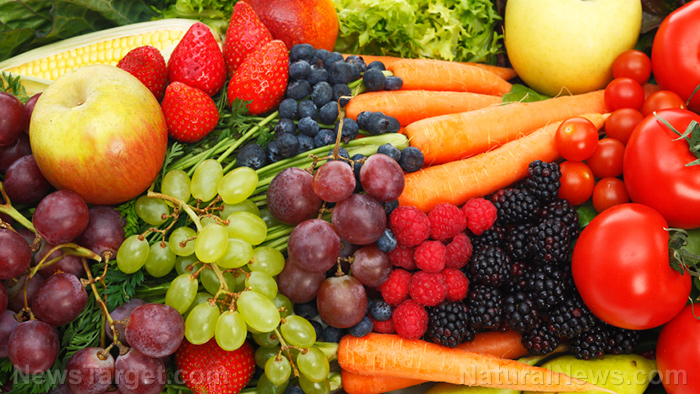A new era of sustainable gardening unveiled in Eric Toensmeier's groundbreaking guide
- In the summer of 2002, Eric Toensmeier's journey through Florida, sampling 62 fruit species in six days, sparked the idea for his seminal book, "Perennial Vegetables: From Artichoke to Zuiki Taro, a Gardener's Guide to Over 100 Delicious, Easy-to-Grow Edibles," after recognizing a gap in horticultural literature.
- Perennial vegetables are plants that last three or more years, providing a continuous supply of edible parts with minimal effort. They are resilient, thriving in diverse conditions and offering bountiful harvests for decades with little maintenance.
- The book highlights over 100 perennial vegetables that can flourish in neglected garden areas and offers practical advice on integrating them with other plants like berry bushes and fruit trees to create a productive and attractive edible landscape.
- Perennial vegetables are excellent soil-builders, enhance soil structure and require less water, making them ideal for sustainable gardening. They extend the harvest season, preserve soil fertility and provide vital ecosystem services such as moderating microclimates and sequestering carbon.
- While some perennials are slow to establish or can become weedy, the book provides valuable guidance on plant selection, creating microclimates and organic pest and disease management. It also encourages gardeners to experiment with breeding new varieties, offering techniques for propagation, planting, harvesting and storing these versatile plants.
In the summer of 2002, a transformative journey through the lush landscapes of Florida set the stage for a horticultural revolution. Eric Toensmeier, accompanied by friends, embarked on an ambitious quest to sample 62 different fruit species in just six days. Amidst this fruity odyssey, a conversation ignited a spark that would eventually lead to the creation of his seminal work, "
Perennial Vegetables: From Artichoke to Zuiki Taro, a Gardener's Guide to Over 100 Delicious, Easy-to-Grow Edibles." With the encouragement of his companions, Toensmeier recognized a significant gap in horticultural literature and set out to fill it with a comprehensive guide to perennial vegetables.
Perennial vegetables, as Toensmeier elucidates, are plants that endure for three or more years, offering a continuous supply of edible parts such as leaves, stems, roots and even flowers. Unlike their annual counterparts that demand replanting each year, perennials are the steadfast stewards of the garden, providing bountiful harvests with minimal effort. Imagine cultivating asparagus, rhubarb, or the lesser-known water celery and chayote, and reaping the rewards for decades with little more than occasional care.
Toensmeier's book is a treasure trove of over 100 of the finest perennial vegetables, many of which can flourish in the often-neglected corners of your garden. These resilient plants thrive in diverse conditions, from the deep shade that stymies traditional crops to the poor, waterlogged soils that defy conventional gardening wisdom. Once established, these perennials can yield for decades, effectively transforming your backyard into a verdant paradise.
The allure of perennial vegetables extends beyond their longevity. They possess the unique ability to craft an attractive and productive edible landscape. When interwoven with berry bushes, fruit trees and nut trees, they form a harmonious tapestry of sustenance. The book offers pragmatic advice on seamlessly integrating these plants into your garden, catering to both seasoned horticulturists and novice gardeners alike.
Among the perennial vegetable stars, water celery stands out for its adaptability, thriving in water gardens and serving as an effective groundcover in both sun and shade. Chayote, with its pear-sized squash and mild, nutty flavor, is a versatile addition to any kitchen, suitable for use in place of zucchini or summer squash. The water lotus, while an ornamental marvel, also serves as an essential root crop in many Asian cultures.
The benefits of cultivating perennial vegetables are manifold. They are exemplary soil-builders, with deep roots that enhance soil structure and water retention. Their ability to thrive with less watering makes them ideal for sustainable gardening. Perennials extend the harvest season, providing early-season greens until annuals take over. Their no-till nature helps preserve soil organic matter, maintaining its structure and fertility.
Moreover, perennials offer significant ecosystem services. They moderate microclimates, capture and store water and nutrients, and provide vital habitats for various organisms. By shading the soil and sequestering carbon, they play a crucial role in combating global warming. In essence, they are the cornerstone of sustainable gardening, offering a resilient and eco-friendly approach to food production.
Of course, no crop is without its challenges. Some perennials are slow to establish and may take several years to yield substantial harvests. Others can become weedy if not properly managed. While their flavors are diverse, some may be too intense for certain palates. However, Toensmeier provides invaluable guidance on selecting species suited to your climate and garden conditions, emphasizing the importance of matching plants to their preferred environments. He also offers tips on creating microclimates to expand the range of plants you can grow.
The book is replete with practical advice on propagation, planting, harvesting and storing perennial vegetables. From seed sowing and division to trellising and pruning, Toensmeier covers the essential techniques for successful cultivation. He also addresses pest and disease management, offering organic solutions to ensure a healthy and productive garden.
One of the most exciting prospects is the potential for breeding new varieties. Toensmeier encourages gardeners to experiment with crossing different species and selecting for desirable traits. This opens up a world of possibilities for developing unique and improved plants tailored to specific needs and preferences.
In conclusion, "Perennial Vegetables" is an indispensable resource for anyone interested in sustainable gardening and food production. It unveils a world of possibilities for creating a diverse, resilient and productive garden that can provide food for years to come. Whether you're a seasoned gardener or a budding enthusiast, this book is sure to inspire and guide you on your journey to a more sustainable and rewarding gardening experience.
Learn more about
perennial vegetables by watching the video below.
This video is from the
BrightLearn channel on Brighteon.com.
Sources include:
Brighteon.ai
Brighteon.com
 Parler
Parler Gab
Gab










